- TOP
- Search Criteria
- Bento: Japan's Food Culture in a Box
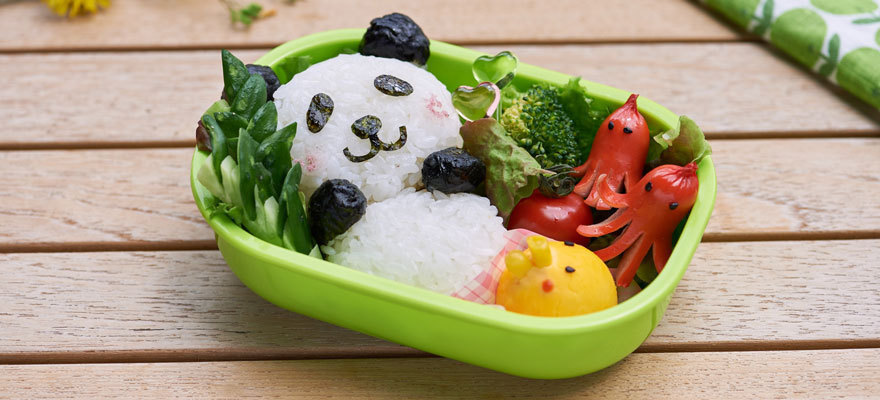
STORY
The quintessential essence of Japan encapsulated in a box
Originally published April 2016
The bento box is an essential part of Japanese culture. There are many varieties of bento box, including hand-made ones prepared with love using seasonal foods, high-end varieties made by commercial caterers, and of course the ubiquitous “ekiben” lunchboxes sold at railway stations. Everyone in Japan has fond memories of bento boxes. And the humble bento box is today steadily making a name for itself around the world.
To find out more about this important culinary phenomenon, we visited the Ajinomoto Foundation for Dietary Culture, a veritable treasure trove of reference materials on all things culinary and cultural. There we spoke with managing director Takako Tsubuku.

The fascinating evolution of the bento box
“When you look back over the history of bento boxes,” says Tsubuku, “you can see very clearly how they reflect the values of the times and how people lived. So the bento box provides an accurate representation of the Japanese way of life and how it has evolved through the ages.” She illustrates this point by showing us examples of bento boxes from the past.Sageju

The word “bento” is thought to date back to the Azuchi-momoyama period, corresponding to the beginning of early-modern history. At that time, the bento was considered a luxury item, solely the preserve of the upper classes in Japanese society. The sageju was a type of bento typically taken on outings, such as a trip to admire the cherry blossoms (hanami) or the autumn leaves (koyo). It was a supremely functional bento box, fully equipped with small dishes, chopsticks and even tiny cups for sake. Needless to say, it also housed a range of delicious culinary offerings within a handsome compact box.
According to Tsubuku, the Japanese sensibility is attuned to deriving pleasure from miniaturization, as exemplified by the small teahouse that serves as its own unique space. In the culinary world, this is illustrated perfectly in the bento, surely the ultimate culinary expression of miniaturization. The aim of the bento is to provide a visual feast of color and movement to complement the delicious flavors on offer, not to mention the sleek, glossy feel of the lacquered box. “People back then saw the bento as much more than just a meal to be eaten,” she adds. “It was a holistic experience designed to reward all the senses.”
Makunouchi (theater) lunchbox
The Edo era brought an end to civil war and ushered in a prolonged period of peace. With people now able to live in contentment, the bento box enjoyed a surge in popularity and quickly proliferated into many different types.
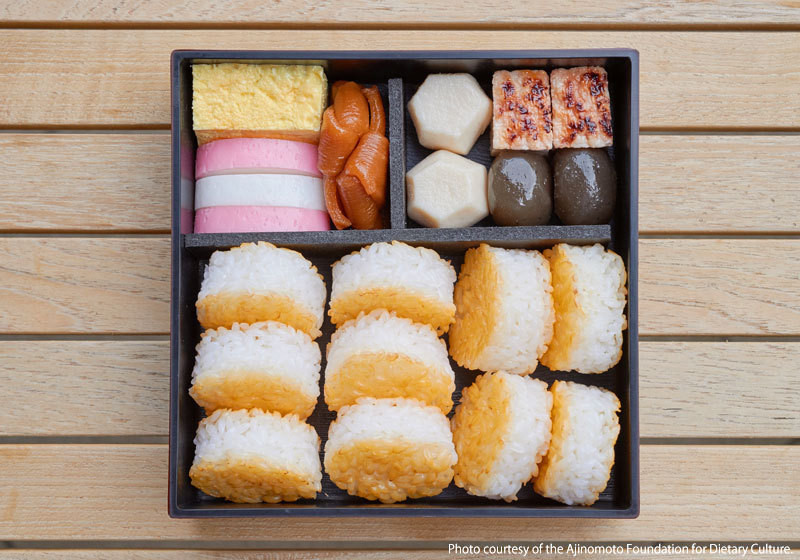
“The peace and stability of the Edo period allowed the people of that time the freedom to explore a variety of artistic and culinary pursuits,” explains Tsubuku. “It was when Yoshimune Tokugawa planted cherry blossom trees at Asukayama and created a wonderful public park that ordinary people started to embrace the notion of taking a bento box to the park to admire the cherry blossoms. And that led to the tradition that we now know as hanami. At about the same time, you had outdoor stalls selling things like tempura and sushi that you could snack on while wandering around, and that helped to popularize the idea of eating out. I’m sure they enjoyed eating food!” she adds.
Going to the theater was a popular pastime among the ordinary folk of the Edo era. And so it was that theatergoers were soon able to enjoy a special form of the bento known as the makunouchi. There are several theories about where the term “makunouchi” comes from, but it seems most likely that it was designed to be eaten while the curtain (called the maku) was down following the end of the first act, before rising again for the start of the second act.

According to Tsubuku, the original makunouchi bento had much more rice in it than the modern version. This suggests that rice was the primary source of calories back in the Edo era. Also, the rice balls were rounded, presumably to make them easier to eat in a confined space and also in a hurry before the curtain rose for the next act!
Kabuki plays used to start in the morning and continue throughout the day, finishing in the afternoon or evening. The makunouchi bento is a perfect illustration of the importance of entertainment to the Edo people.
Ekiben (railway station bento)
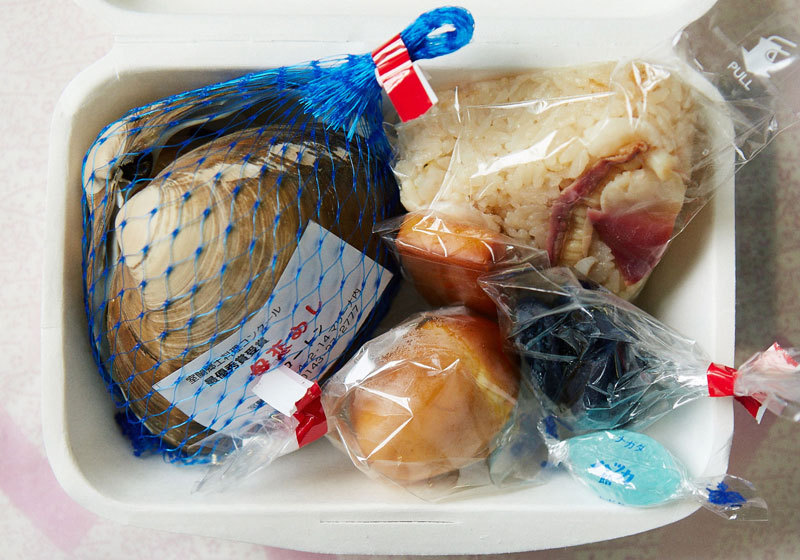
The ekiben has its origins in the Meiji era, when railway development flourished as part of a concerted national drive for economic prosperity and a strong defense force. Originally the ekiben was a simple meal, little more than an onigiri ball of white rice wrapped in bamboo sheath. The idea of railway-based tourism was popularized by the Discover Japan campaign that coincided with the 1970 Osaka Expo. The ekiben soon developed a reputation as a distinctive bento with a home-made feel, frequently prepared with local ingredients and often featuring local specialties and reflecting the tourism aspects of the local area.

“The bento is very much a product of its environment,” explains Tsubuku, “and an expression of the sensibilities of the region. This is what makes it so special, which all adds to the enjoyment of eating. Purchasing a local bento is an important part of the experience of travel, today as it was back then. The ekiben in particular will often feature local treats and sometimes the box itself will have a distinctive shape, for instance.”
Kyara-ben (character-based bento)
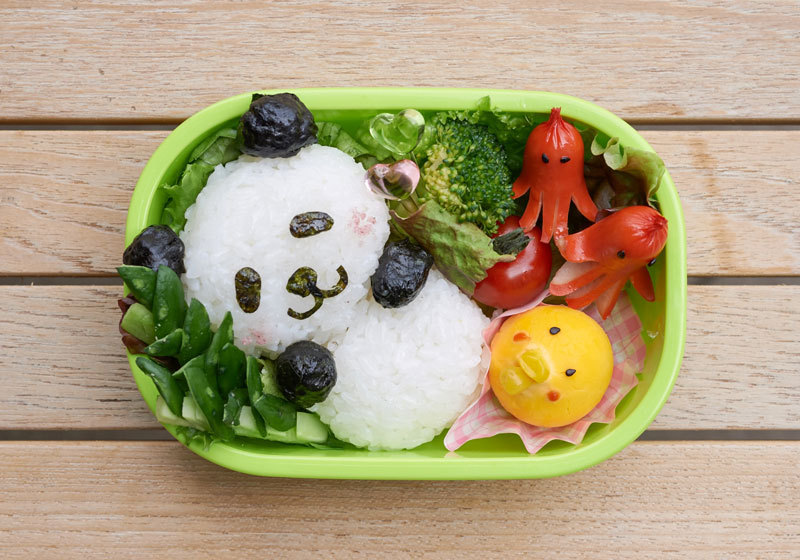
The postwar period of rapid economic growth spawned a new industry of mass-produced meals, typically bento boxes and pre-cooked meals at convenience stores and supermarkets. Conversely this had the effect of increasing the value of home-made bento meals. One of the varieties that emerged at this time was the kyara-ben, a bento designed to resemble a cute animal or popular cartoon character. Kyara-ben are characterized by clever food arrangements such as an apple cut in the shape of a rabbit or a cocktail sausage in the shape of an octopus.
“The kyara-ben started out as a bit of fun designed to make a bento look attractive,” notes Tsubuku. “Nowadays you have people posting photos of cute bentos all over the place, so it’s like a form of art appreciation for the masses!”
Tsubuku sees the bento as an expression of craftsmanship that is passed from the creator to the recipient. Indeed, by creating a link in this way, it can almost be considered a form of communication in and of itself.
The Japanese bento making waves around the world
The bento is the quintessential essence of Japanese cuisine, a riot of color and movement packed into a compact receptacle. Now the fame of the bento is spreading around the world.

Tsubuku recounts the overwhelmingly positive reaction to the bento samples that were exhibited by the Ajinomoto Foundation for Dietary Culture at the Milano Expo in 2015. The kyara-ben and the triple-layer bentos were particularly well received. The assortment of tiny pieces and the colorful tapestry of edible food were seen as distinctively Japanese and, more than anything else, very tempting!
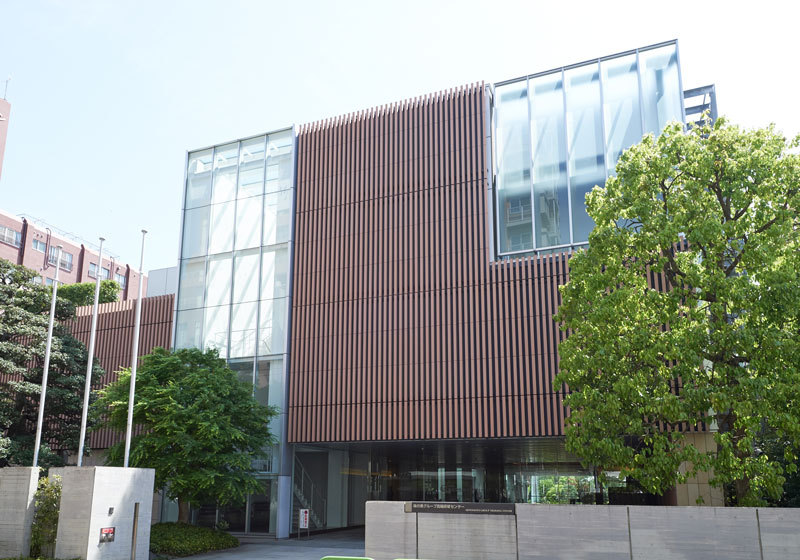
The humble bento has certainly changed and evolved over the years. One can only wonder what the future might hold for the evolution of this important culinary phenomenon.
Writer: AYAKO KOMATSU / Photographer: YUTA SUZUKI
*Some of the images posted on our website have been provided by those whom we interviewed.
(Month information was collected: April 2016)
Information
Ajinomoto Foundation for Dietary CultureAddress: Ajinomoto Group Takanawa Research Center
3-13-65 Takanawa, Minato-ku, Tokyo
Hours: 10:00am~5:00pm
Open: Monday~Saturday
Closed Sundays and public holidays (including New Year)
URL (Japanese): http://www.syokubunka.or.jp
*Unscheduled closures can occur. To avoid disappointment, check website before visiting.
About SHUN GATE
Shun is the Japanese word which refers to the period of time in which raw ingredients are in season. As such, SHUN GATE is the gate to the stories of the people, techniques, technologies, and the lands that make up Japanese food culture and its seasonal characteristics.

Liked this story? Like DiGJAPAN!
on Facebook for daily updates!
THIS ARTICLE IS BASED ON INFORMATION FROM 10 14,2016 Author:SHUN GATE













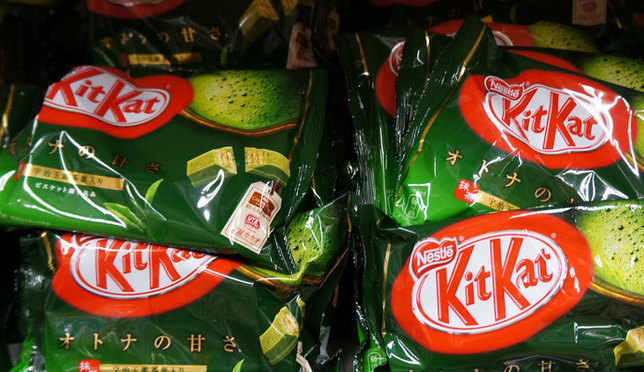
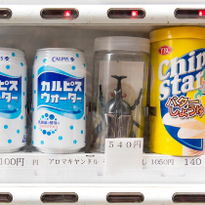

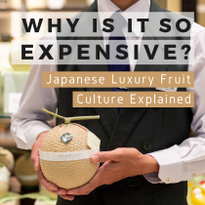





NEW COMMENT | 0 COMMENTS
Open a DiGJAPAN!
account to comment.
Open a DiGJAPAN! Account